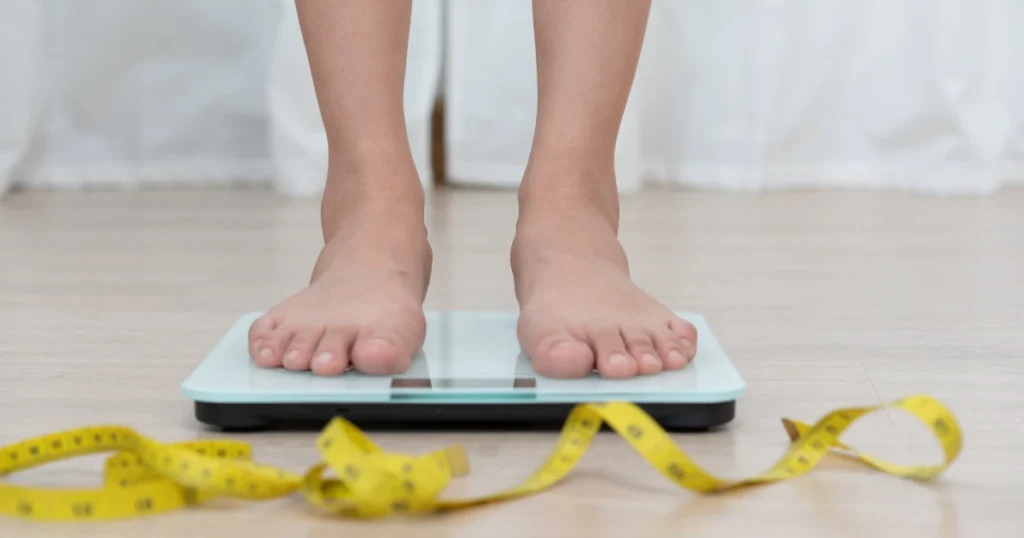When it comes to shedding those extra pounds, many people are overwhelmed by conflicting advice. However, a simple formula has emerged: 90% diet and 10% exercise. This approach emphasizes the critical role of nutrition in weight management while recognizing the benefits of physical activity. In this blog post, we’ll dive deep into how you can implement this strategy effectively for long-term success.
Why 90% Diet and 10% Exercise Works

Weight loss is fundamentally about creating a calorie deficit—burning more calories than you consume. While exercise is a great way to burn calories and improve overall health, it’s far easier to control your calorie intake through diet. For instance, you can avoid consuming 500 calories from sugary drinks, but burning the same amount through exercise can take up to an hour of intense activity.
The Role of Diet in Weight Loss
Your diet is the cornerstone of your weight loss journey. Here are some critical aspects to focus on:
1. Calorie Control
Tracking your calories helps you understand how much you’re eating and ensures you stay within your weight loss goals. Use apps like MyFitnessPal or Lose It! to simplify this process.
| Food Item | Calories (Per 100g) | Notes |
|---|---|---|
| Chicken Breast | 165 | High protein, low fat |
| Brown Rice | 123 | Good source of fiber |
| Broccoli | 34 | Low-calorie veggie |
| Avocado | 160 | Healthy fats, nutrient-rich |
| Soda | 150 | Empty calories, avoid |
2. Macronutrient Balance
Achieving a balance between proteins, carbohydrates, and fats is vital. For weight loss:
- Protein: Builds and repairs muscles, keeps you full longer.
- Carbs: Choose complex carbs like oats and quinoa for steady energy.
- Fats: Incorporate healthy fats from sources like nuts and seeds.
3. Portion Control
Even healthy foods can hinder weight loss if consumed in large quantities. Practice mindful eating by measuring your portions and eating slowly to recognize fullness cues.
4. Avoid Processed Foods
Processed foods are often calorie-dense and nutrient-poor. Stick to whole, natural foods like vegetables, fruits, lean proteins, and whole grains.
Exercise: The Essential 10%
While diet does the heavy lifting, exercise supports your weight loss efforts in crucial ways:
1. Boosts Metabolism
Strength training and high-intensity interval training (HIIT) increase your metabolic rate, helping you burn more calories even at rest.
2. Preserves Muscle Mass
As you lose weight, your body can lose muscle along with fat. Regular exercise ensures you retain muscle, which is vital for overall health and maintaining a high metabolism.
3. Enhances Mental Well-being
Exercise releases endorphins, improving mood and reducing stress, which can help prevent emotional eating.
Combining 90% Diet and 10% Exercise

Here’s how to integrate both aspects effectively:
Step 1: Create a Meal Plan
Design a weekly meal plan that focuses on whole foods and appropriate portion sizes. Include lean proteins, complex carbs, and plenty of vegetables.
| Day | Breakfast | Lunch | Dinner | Snacks |
| Monday | Oatmeal with berries | Grilled chicken salad | Salmon with quinoa | Greek yogurt, nuts |
| Tuesday | Avocado toast, eggs | Turkey wrap | Stir-fried veggies | Apple slices, hummus |
| Wednesday | Smoothie (spinach, banana, almond milk) | Lentil soup | Grilled tofu, sweet potato | Carrot sticks, almonds |
Step 2: Schedule Workouts
Aim for three to four days of strength training and two days of light cardio or yoga. Keep workouts short but intense, focusing on quality over quantity.
Step 3: Monitor Progress
Track your weight loss, but also pay attention to how your clothes fit, your energy levels, and overall well-being.
Common Mistakes to Avoid
- Skipping Meals: Skipping meals can lead to overeating later.
- Overestimating Exercise Calories: Many people overeat after exercise, undoing their calorie deficit.
- Not Drinking Enough Water: Dehydration can slow metabolism and increase hunger.
- Ignoring Sleep: Poor sleep can lead to weight gain by disrupting hormones that regulate appetite.
The Importance of Consistency
Consistency is the key to success in weight loss. Here are some tips:
- Meal Prep: Preparing meals in advance reduces the likelihood of unhealthy choices.
- Accountability: Share your goals with a friend or join a weight loss group.
- Celebrate Small Wins: Acknowledge every milestone to stay motivated.
FAQs
1. Can I lose weight without exercising?
Yes, weight loss is primarily about diet. However, exercise improves overall health and helps maintain muscle mass.
2. How fast can I lose weight with this approach?
A healthy rate is 1-2 pounds per week. Drastic weight loss can be unsustainable.
3. Is cheat day allowed?
Occasional indulgences are fine if they fit within your calorie goals.
Conclusion
Weight loss doesn’t have to be complicated. By focusing 90% on diet and 10% on exercise, you can achieve sustainable results without feeling overwhelmed. Remember, it’s not about perfection but consistent effort. Start small, stay committed, and watch the transformation unfold.